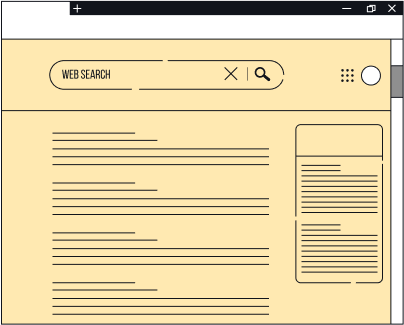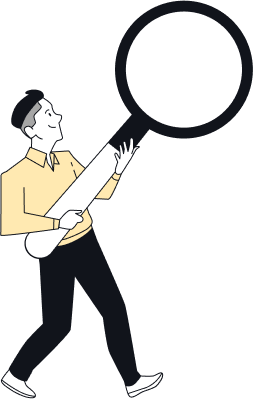Verbal and Non-Verbal Reasoning







Verbal Reasoning
Verbal reasoning is a cognitive ability or skill that involves comprehending and reasoning through the use of words, language, and textual information
- Reading fluency and comprehension
- Vocabulary knowledge
- Phonological awareness
- Logic and problem-solving
- Ability to discover and apply rules
- Attention to details
Verbal Reasoning Question Types
Building Words
Question types:
- Join the words
- Morph the words
- Transfer a letter
- Missing letters
Finding Words
Question types:
- Jumbled words/sentences
- Hidden words
- Anagrams
Codes and Sequences
Question types:
- Top-tier Creative and Technical Teams
- Sequences (using letters, numbers or symbols)
Logic
Question types:
- Statement Logic
- Deductions
Vocabulary
Question types:
- Synonyms
- Antonyms
- Homonyms
- Odd ones out
- Identify the connection
Non-Verbal Reasoning
Non verbal reasoning aims to evaluate your ability to comprehend, analyze and solve problems comprising of data and information which are depicted in visual form. As obvious by the name, there would be no role-play of language, instead, the questions are pictorial requiring logical and abstract thinking.
Non-Verbal Reasoning Question Types
- Analogy
- Pattern Matching
- Classifications
- Mirror Images & Reflection
- Analytical
- Rotations & Symmetry
- Grouping of Identical Figures
- Figure Matrix
- Paper Folding
- Cube and Dice
- Water Images
- Rule Detection
- Series
- Embedded Figures
Tips for Non-Verbal Reasoning
- Type: What type of question is it?
- Analyze: Look at the shapes in the question. What are the most obvious qualities (e.g. shape, color, pattern) of the shapes and patterns?
- Similarities/differences: Find similarities and differences between the shapes and patterns. Remember this also includes patterns and changes in frequency when looking at a series of shapes!
- Find a rule from these obvious qualities.
- Eliminate: Eliminate those that don’t fall into this rule.











